Sarcopenia, also known as muscle loss, is a common condition that affects 10% of adults who are over 50 years old. While it can decrease life expectancy and quality of life, there are actions you can take to prevent and even reverse the condition. Although some of the causes of sarcopenia are a natural consequence of aging, others are preventable. In fact, a healthy diet and regular exercise can reverse sarcopenia, increasing lifespan and quality of life.
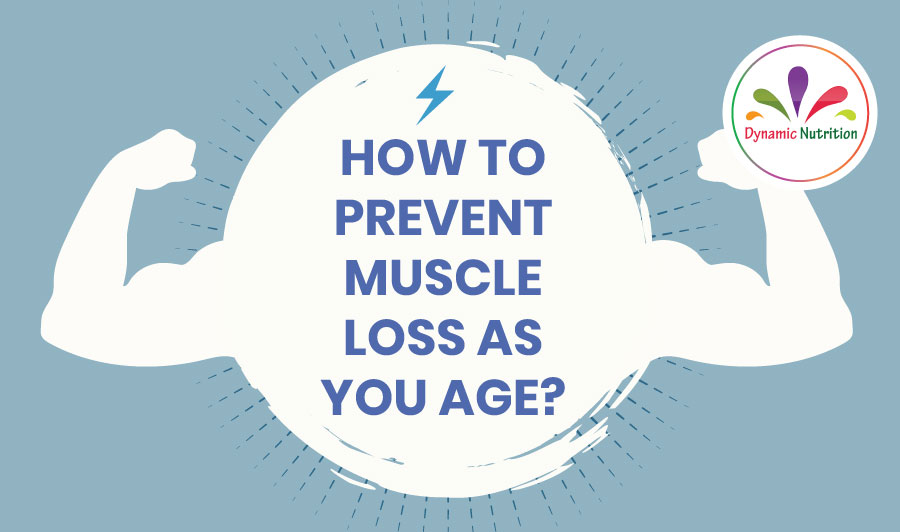
Signs That You Are Losing Muscles
Symptoms can include weakness and loss of stamina, which can interfere with physical activity. Reduced activity further shrinks muscle mass. The signs of sarcopenia are usually the result of diminished muscle strength. Early signs of sarcopenia include feeling physically weaker over time, and having more difficulty than usual lifting familiar objects. A hand-grip-strength test has been used to help diagnose sarcopenia in studies, and may be used in some clinics. Decreased strength might show itself in other ways too, including walking more slowly, becoming exhausted more easily and having less interest in being active. Losing weight without trying can also be a sign of sarcopenia.
Exercise Can Reverse Sarcopenia
The strongest way to fight sarcopenia is to keep your muscles active. Combinations of aerobic exercise, resistance training and balance training can prevent and even reverse muscle loss. At least two to four exercise sessions weekly may be required to achieve these benefits. All types of exercise are beneficial, but some more than others.
1. Resistance Training
Resistance training includes weightlifting, pulling against resistance bands or moving part of the body against gravity. When you perform resistance exercise, the tension on your muscle fibers results in growth signals that lead to increased strength. Resistance exercise also increases the actions of growth-promoting hormones. These signals combine to cause muscle cells to grow and repair themselves, both by making new proteins and by turning on special muscle stem cells called “satellite cells,” which reinforce existing muscle. Thanks to this process, resistance exercise is the most direct way to increase muscle mass and prevent its loss. A study of 57 adults aged 65–94 showed that performing resistance exercises three times per week increased muscle strength over 12 weeks. In this study, exercises included leg presses and extending the knees against resistance on a weight machine.
2. Fitness Training
Sustained exercise that raises your heart rate, including aerobic exercise and endurance training, can also control sarcopenia. Most studies of aerobic exercise for the treatment or prevention of sarcopenia have also included resistance and flexibility training as part of a combination exercise program. These combinations have been consistently shown to prevent and reverse sarcopenia, although it is often unclear whether aerobic exercise without resistance training would be as beneficial. One study examined the effects of aerobic exercise without resistance training in 439 women over 50 years of age. The study found that five days per week of cycling, jogging or hiking increased muscle mass. Women started with 15 minutes of these activities per day, increasing to 45 minutes over 12 months.
3. Walking
Walking can also prevent and even reverse sarcopenia, and it’s an activity most people can do for free, anywhere they live. A study of 227 Japanese adults over 65 years old found that six months of walking increased muscle mass, particularly in those who had low muscle mass. The distance each participant walked was different, but they were encouraged to increase their total daily distance by 10% each month. Another study of 879 adults over age 60 found that faster walkers were less likely to have sarcopenia.
Four Nutrients That Fight Sarcopenia
If you’re deficient in calories, protein or certain vitamins and minerals, you may be at higher risk of muscle loss. However, even if you aren’t deficient, getting higher doses of some key nutrients can promote muscle growth or enhance the benefits of exercise.
1. Protein
Getting protein in your diet directly signals your muscle tissue to build and strengthen. As people age, their muscles become more resistant to this signal, so they need to consume more protein to increase muscle growth. One study found that when 33 men over age 70 consumed a meal containing at least 35 grams of protein, their muscle growth increased. Another study found that a group of younger men only required 20 grams of protein per meal to stimulate growth. A third study got seven men over the age of 65 to take daily 15-gram supplements of essential amino acids, the smaller building blocks of protein, which resulted in muscle growth. The amino acid leucine is particularly important for regulating muscle growth. Rich sources of leucine include pumpkin seed protein, meat, fish and eggs, as well as peas.
2. Omega-3 Fatty Acids
No matter how old you are, consuming omega-3 fatty acids via seafood or supplements will increase your muscle growth. A study of 45 women found that a daily omega 3 supplement combined with resistance training increased muscle strength. In addition food like Tibetan sea buckthorn is rich in Omega 3, 6, 7 and 9. Part of this benefit may be due to the anti-inflammatory benefits of omega-3 , 6, 7 and 9 fatty acids.
3. Vitamin D
Vitamin D deficiency is related to sarcopenia, although the reasons why are not entirely understood. Taking vitamin D supplements can increase muscle strength and reduce the risk of falling. These benefits have not been seen in all studies, possibly because some research volunteers may have already been getting enough vitamin D.
4. Creatine
Creatine is a small protein normally made in the liver. Although your body makes enough to prevent you from becoming deficient, creatine in the diet from meat or as a supplement may benefit your muscle growth. A group of several studies investigated how taking a daily 5-gram creatine supplement affected 357 adults with an average age of 64. When participants took the creatine, they got more benefits from resistance training compared to when they performed resistance training with no creatine. Creatine is probably not beneficial for sarcopenia if used alone, without exercise.
Source:
healthline.com
webmd.com

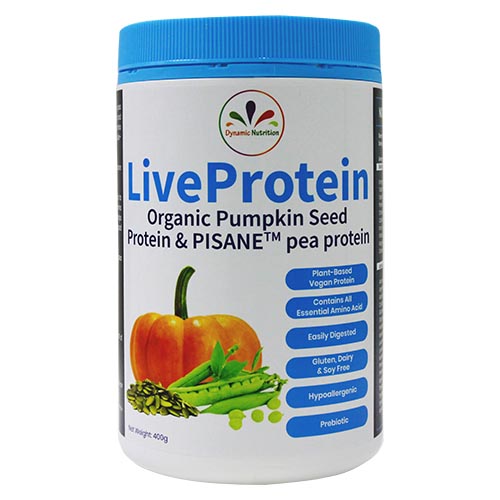
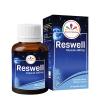
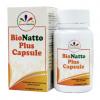

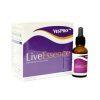
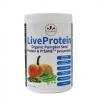

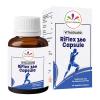

Facebook Comments